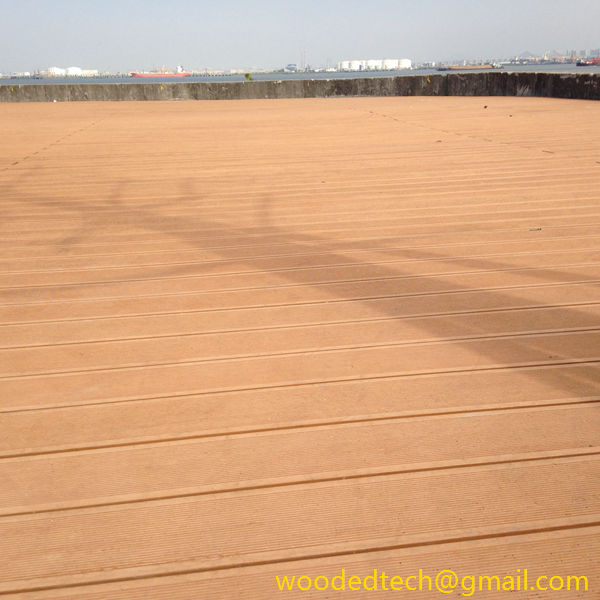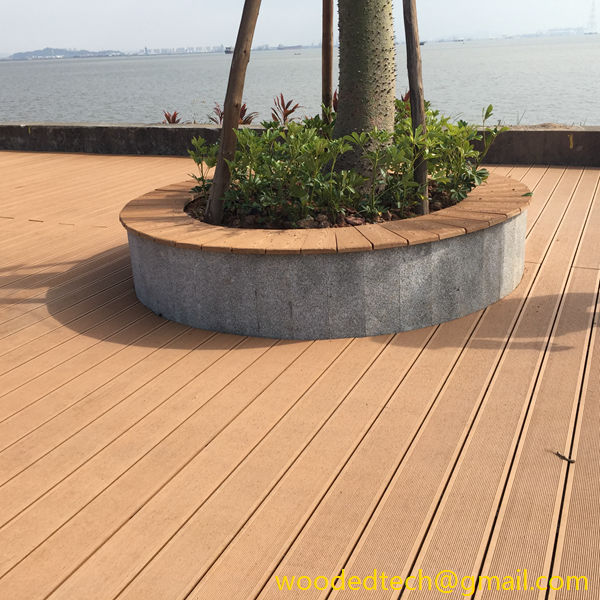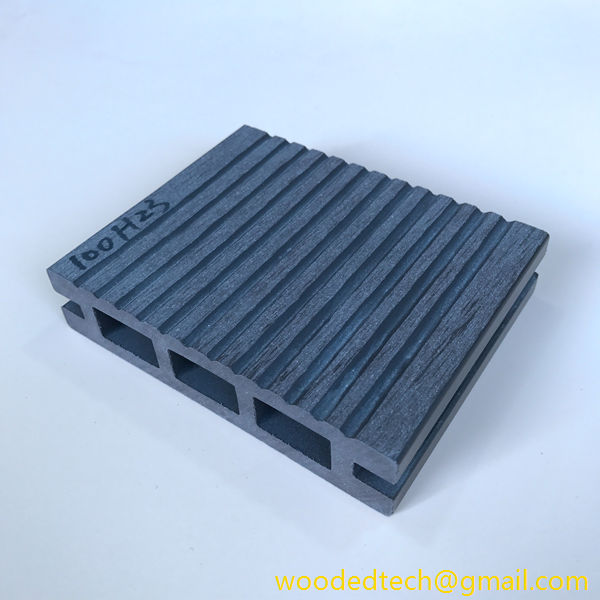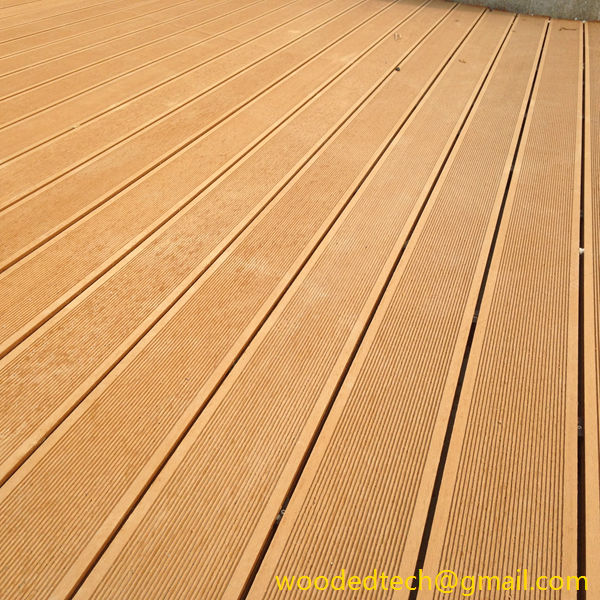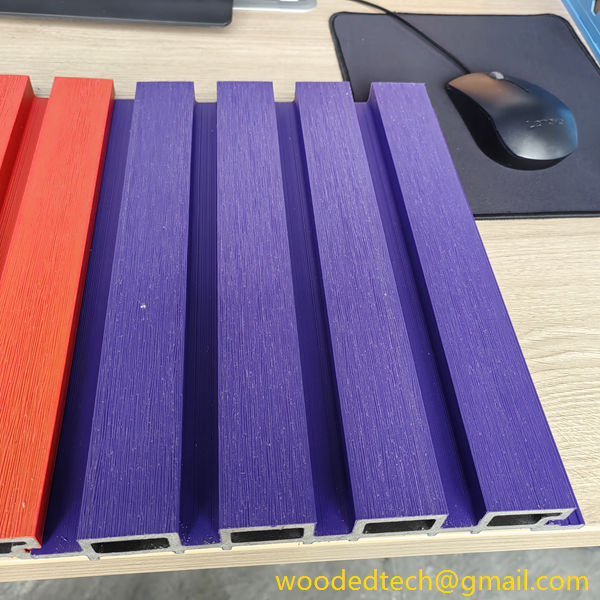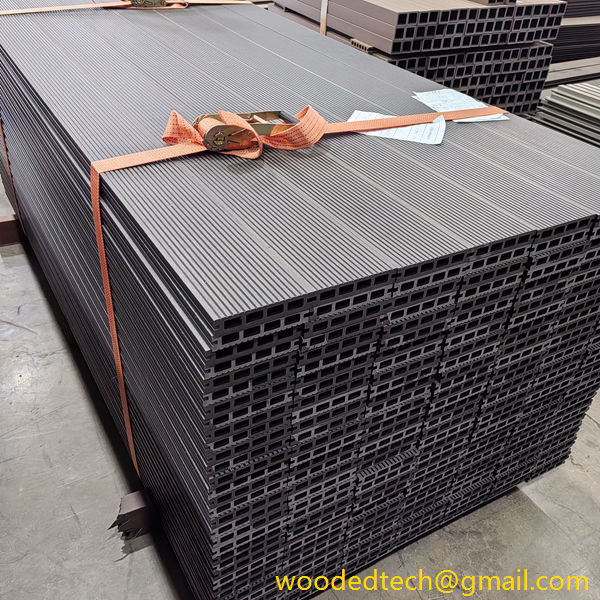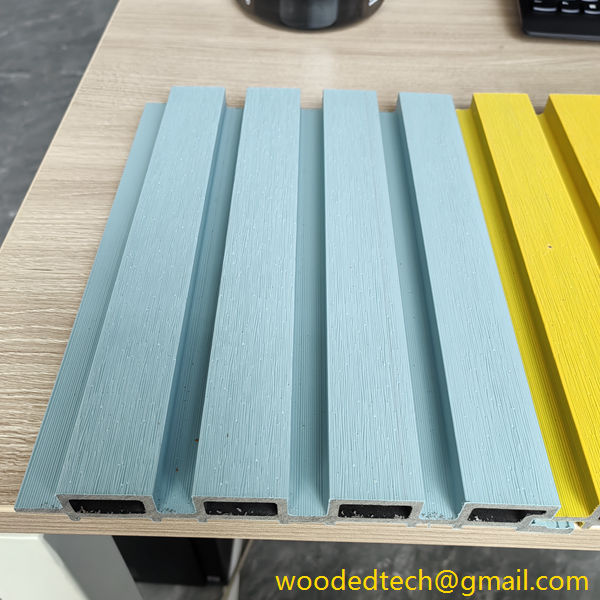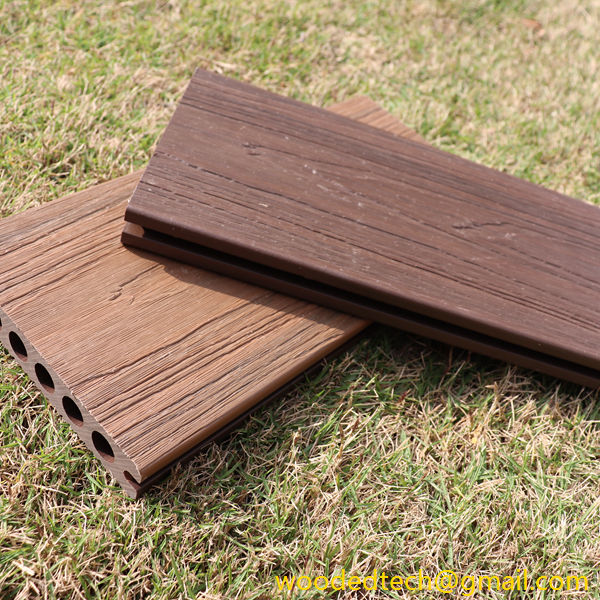Coût d'une terrasse en composite 12 x 14 expliqué
Coût d'une terrasse en composite 12 x 14 Explication Lorsque l'on envisage la construction d'une terrasse, l'un des facteurs importants à prendre en compte est le coût des matériaux. Les terrasses en composite ont gagné une immense popularité au fil des ans, principalement en raison de leur durabilité, de leur faible besoin d'entretien et de leur attrait esthétique. Dans cet article, nous allons...
Coût d'une terrasse en composite 12 x 14 expliqué
When considering the construction of a deck, one of the significant factors that come into play is the cost of materials. Composite decking has gained immense popularity over the years, primarily due to its durability, low maintenance requirements, and aesthetic appeal. In this article, we will delve into the cost of a 12 x 14 composite deck, exploring various aspects that contribute to the overall expense while also highlighting the range of customizable materials available.
To begin with, the dimensions of a 12 x 14 composite deck provide a spacious area for outdoor activities, gatherings, or simply relaxation. The size influences the quantity of materials needed, which directly impacts the overall cost. Composite decking boards typically range from three to five dollars per square foot, depending on the quality and brand. For a deck that measures 12 feet by 14 feet, the total square footage amounts to 168 square feet. Therefore, using an average cost of four dollars per square foot, the material expense for decking alone would be around six hundred seventy-two dollars.
However, the cost doesn’t stop at the decking boards themselves. Other materials, such as railing systems, joists, fasteners, and support structures, are also essential components of the deck that contribute significantly to the total cost. Railing systems, for example, can vary widely in price, with options ranging from simple and functional designs to more elaborate and decorative styles. Depending on the material chosen for the railing, costs can add anywhere from one hundred to several hundred dollars to the project.
When it comes to joists and support structures, it’s essential to ensure they are made from high-quality materials that can withstand the elements. The cost of joists can add another two hundred to three hundred dollars to the overall budget. Fasteners, which include screws, brackets, and connectors, are often overlooked but are crucial for ensuring the stability and safety of the deck. These can add another fifty to one hundred dollars to the total cost.
Another aspect to consider when calculating the cost of a composite deck is the potential need for a professional installation. While some homeowners might choose to undertake the project as a do-it-yourself endeavor, hiring a professional contractor can ensure that the deck is built to code and meets safety standards. Labor costs can vary depending on the region and the complexity of the project, but it’s not uncommon for professional installation to add an additional twenty to thirty percent to the total cost of materials.
One of the most appealing features of composite decking is the wide range of customizable materials available. Unlike traditional wood decking, which comes in limited styles and finishes, composite materials can be tailored to meet the aesthetic preferences of homeowners. Various colors, textures, and finishes allow for a personalized touch that can complement the overall design of the home and garden.
For instance, composite decking is available in an array of colors, from rich browns and deep grays to lighter tones that mimic natural wood. Some brands even offer multi-tonal boards that blend different hues for a more dynamic appearance. Additionally, the texture of the decking can range from smooth to wood-grain finishes, providing options that cater to different tastes and functional needs.
In addition to aesthetic options, homeowners can also choose from different grades of composite materials. Higher-grade composites typically feature enhanced durability and weather resistance, which can be particularly beneficial in regions with harsh climates. While these premium materials may come at a higher upfront cost, they can ultimately save money in the long run due to their longevity and reduced maintenance requirements.
Furthermore, many manufacturers offer customizable features such as built-in lighting systems, integrated storage solutions, and even heating elements that can transform a simple deck into an outdoor living space that can be enjoyed year-round. These added features can significantly elevate the cost but also enhance the functionality and enjoyment of the outdoor area.
Another important consideration is the environmental impact of composite decking. Many composite materials are made from recycled plastics and wood fibers, making them a more sustainable choice compared to traditional wood decking. While the initial cost may be higher, choosing eco-friendly materials can lead to long-term savings as they require less maintenance and have a longer lifespan.
In conclusion, constructing a 12 x 14 composite deck involves several cost considerations, including the price of materials, installation, and customization options. While the initial investment may seem substantial, the benefits of durability, low maintenance, and aesthetic appeal often outweigh the costs. Moreover, the wide range of customizable materials available allows homeowners to create a unique outdoor space that reflects their personal style and meets their functional needs. By carefully considering all aspects of the project, homeowners can ensure they make informed decisions that align with their budget and vision for their outdoor living space.

